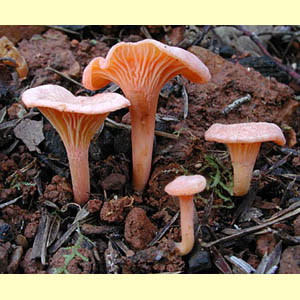
images/Cantharellus/Cantharellus_KRT2721.jpg
Small to medium agaric, growing on the ground with a white, cream or pale pink spore print. Pileus pale, yellow, orange, red or pink, rarely brown, moist or viscid. Lamellae decurrent, rather thick, often with cross-veins. Stipe central. Partial veil remnants absent. Spores hyaline, non-amyloid, smooth; germ pore absent. Basidia rather long. Cheilocystidia absent. Lamellar trama interwoven. Pileipellis a cutis or a trichoderm. Clamp connections present.
The usually orange, pink or red lamellae in combination with interwoven lamellar trama distinguishes
Cantharellus from most other white-spored agarics growing on the ground and having decurrent lamellae. Species of
Craterellus share the rather thick, decurrent lamellae with blunt edges, but the pileus is very dark and clamp connections are sometimes lacking. Waxcaps, such as
Hygrocybe, are also quite similar to
Cantharellus in the thick lamellae and rather long basidia, but they are usually either viscid to glutinous (on the pileus and often the stipe), or they have a regular lamellar trama arrangement, or the lamellae are not decurrent. In
Hygrocybe subgenus
Cuphophyllus, which does have an interwoven lamellar trama, the pileus is often rather drably coloured.
Hygrophoropsis aurantiaca can have brightly coloured yellow to orange lamellae, but spores are dextrinoid.
Lichenomphalia grows from an algal mat.
Cantharellus Adans. ex Fr., Syst. Mycol. 1: 316 (1821).
A few species: Cantharellus concinnus (= C. cibarius var. australiensis, and often recorded in Australian literature as C. cibarius), C. ochraceoravus and C. viscosus. The two latter species are known only from the type specimen and further material is required to understand their characteristics.
All States and Territories.
In native forests.
On the ground.
Ectomycorrhizal.
Bougher, N.L. & Syme, K. (1998),
Fungi of Southern Australia. University of Western Australia Press, Nedlands. [
Description,
Illustration and
Microcharacters of
C. concinnus (as
C. aff.
cinnabarinus var.
australiensis)]
Breitenbach, J. & Kränzlin, F. (eds) (1986), Fungi of Switzerland. Volume 2. Non gilled fungi. Heterobasidiomycetes, Aphyllophorales, Gasteromycetes. Verlag Mykologia, Lucerne. [Illustration, Description and Microcharacters of C. cibarius from Switzerland]
Corner, E.J.H. (1966), A monograph of cantharelloid fungi, Ann. Bot. Mem. 2: 1–255. [Description, B&W Illustration, Microcharacters and Key for species of the genus worldwide]
Eyssartier, G. & Buyck, B. (2001), Notes on the Australian species described in the genus Cantharellus (Basidiomycetes), Austral. Syst. Bot. 14: 587–598. [Microcharacters of C. concinnus, C. ochraceoravus and C. viscosus, and showing that all other Cantharellus names based on Australian types belong in other genera]
Fuhrer, B. (2005), A Field Guide to Australian Fungi. Bloomings Books, Hawthorn. [Description and Illustration of C. concinnus]
Fuhrer, B. & Robinson, R. (1992), Rainforest Fungi of Tasmania and South-east Australia. CSIRO Press, East Melbourne. [Illustration of C. concinnus (as C. cibarius var. australiensis)]
Grgurinovic, C.A. (1997a), Larger Fungi of South Australia. The Botanic Gardens of Adelaide and State Herbarium and The Flora and Fauna of South Australia Handbooks Committee, Adelaide. [Description and Microcharacters of C. concinnus and C. ochraceoravus; the other species included in Cantharellus all belong to other genera according to Eyssartier & Buyck (2001)]
McCann, I.R. (2003), Australian Fungi Illustrated. Macdown Productions, Vermont. [Illustration of C. concinnus (as C. cibarius), and also of an unnamed species with pinkish fruit-body]

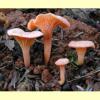
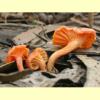
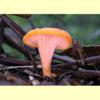
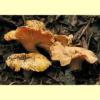
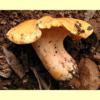
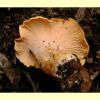
_AL_31_sml.jpg)
